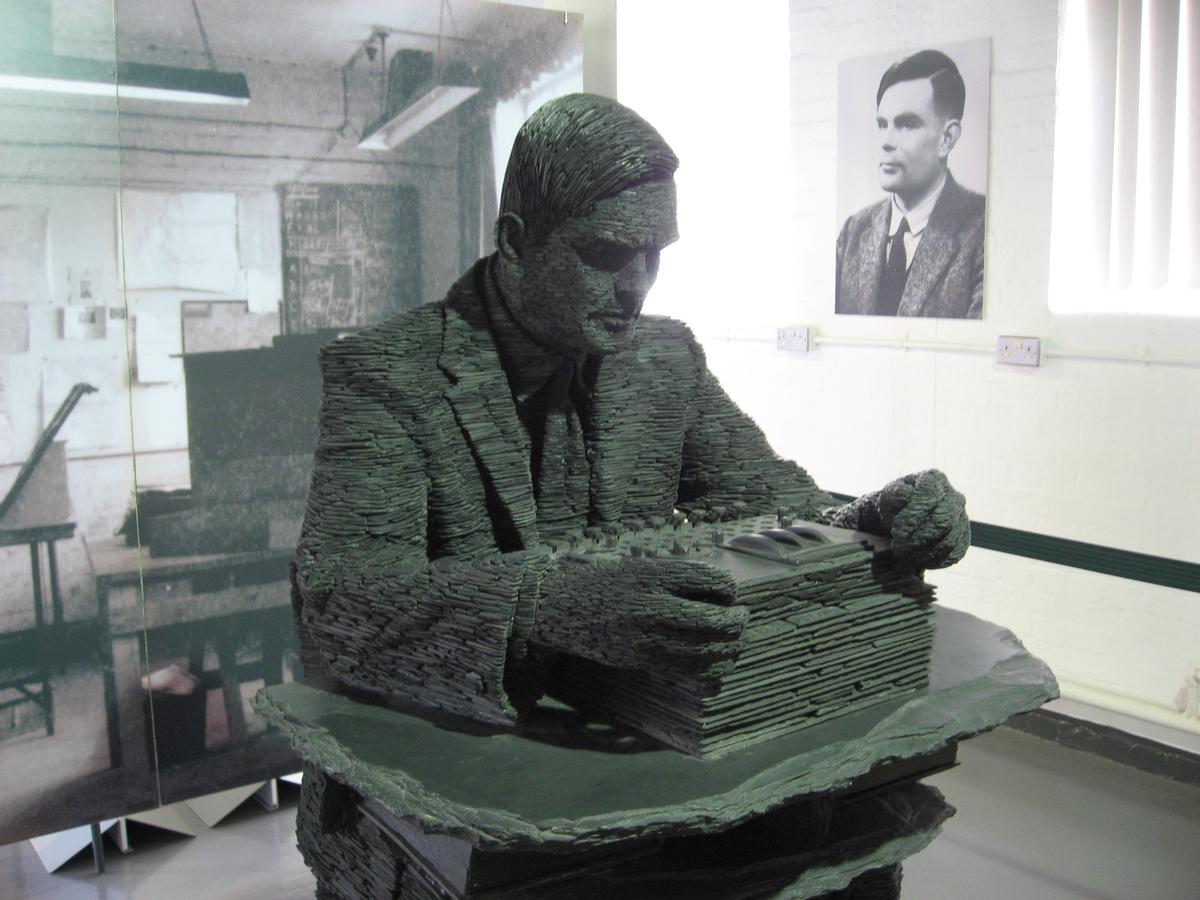Questions:
1. The functioning of organic neurons is the model for artificial neural networks. In biological neurons, the connections between neurons that transmit signals are called ________. In artificial neural networks, likewise, _______ describe the strength of connections between nodes and how much one node influences another. Fill in the blanks.
2. The fame of the unsupervised deep-learning model Geoffrey Hinton developed in 1985 transcended the scientific community when it was used to forecast user ratings for films during the Netflix Prize, organised from 2006 to 2009. Name the model.
3. In an artificial neural network called a Hopfield network, the system strives to move to a low-energy state, in the process removing noise from some input signal to produce an enhanced output signal. The generic name for these low-energy or, more broadly, desirable end states is _________ — a term also encountered in the dynamics of chaotic systems.
4. The work that won the 2024 Nobel Prize for chemistry addresses a challenge illustrated by a paradox called X: that it is computationally impossible to predict all the possible ways in which a protein will fold within the time the protein takes to achieve its correct folded state. Name X.
5. To analyse the sequence of amino acids in a protein, the AlphaFold deep-learning model studies ________ ________ __________, a term that refers to the arrangement of a protein’s corresponding DNA, RNA, and amino-acid sequence to reveal similar portions. Fill in the blanks.
Visual:

Name the person depicted in this image. He introduced a famous theoretical concept in a 1950 paper in an effort to assess a machine’s ability to display human-like intelligence.
Answers:
1. Synapses and weights
2. Restricted Boltzmann machine
3. Attractors
4. Levinthal’s paradox
5. Multiple sequence alignment
Visual: Alan Turing
Published – October 16, 2024 05:22 pm IST
